
Apple AirPods Pro with Wireless MagSafe Charging Case (1st Gen)
$210
3.43 M Invastor Coins (INV)
Sold By: Invastor
Enjoy immersive sound and optimal comfort with the 1st generation Apple AirPods Pro with Wireless MagSafe Charging Case, sweat- and water-resistant wireless Bluetooth earphones that use optical sensors and a motion accelerometer to detect when they're in your ears. The all-new, lightweight, in-ear design boasts a customizable fit while providing complete sonic performance. Use Active Noise Cancellation to keep you focused on enjoying your content, or switch to Transparency Mode to stay aware of what's going on in the environment around you.
Condition: Used
Ships From: Brockton, Massachusetts, United States
Delivery Options: Local Pickup- Free Shipping
Apple AirPods Pro with Wireless MagSafe Charging Case (1st Gen)
Enjoy immersive sound and optimal comfort with the 1st generation Apple AirPods Pro with Wireless MagSafe Charging Case, sweat- and water-resistant wireless Bluetooth earphones that use optical sensors and a motion accelerometer to detect when they're in your ears. The all-new, lightweight, in-ear design boasts a customizable fit while providing complete sonic performance. Use Active Noise Cancellation to keep you focused on enjoying your content, or switch to Transparency Mode to stay aware of what's going on in the environment around you.
How do you use the AirPods Pro (1st generation)?

The Apple AirPods Pro (1st generation) charging case has a single LED indicator.
When you first start using the AirPods Pro, you’ll want to find the right size ear tip to use because the rest of your experience hinges on it. If the ear tips are too big, they’ll be painful, and if they’re too small, then they’ll likely fall out. Once you’ve installed the correct ear tip size, they’ll fit securely in your ear canal. After you pair the AirPods Pro with your phone, you should be able to jump right into music listening without futzing with too many settings. Like any other Apple product, the product’s ethos is to be something that “just works.”
While we’re on the topic of ear tips, these have been redesigned as well. Unlike basically every other pair of earbuds that pretty much universally use the same ear tips, these are designed specifically for the AirPods Pro. Around the speaker driver of each earbud is a small section where the ear tip clicks nicely and securely stays put. No more pinching the silicon ear tip in order to squeeze them around the nozzle; though, to be fair, these buds don’t have nozzles. Changing the AirPods Pro tips can be confusing at first, but it’s hard to return to standard ear tips.

The AirPods Pro (1st generation) silicone sleeve pops into a divot surrounding the nozzle, which ensures a more stable connection between the pieces.
On October 18, 2021, Apple announced the new AirPods (3rd generation) and with that, it quietly updated the charging case for the AirPods Pro. Now, the AirPods Pro case is MagSafe compliant, so you can use it with the same MagSafe wireless charger as your iPhone 12 or later.
Is the AirPods Pro waterproof?
The AirPods Pro is water-resistant and has an IPX4 rating to show for it. As far as the charging case goes, it’s relatively unchanged. It’s slightly beefier than the previous version, but not by much and if you take the old case and turn it sideways, that should give you a rough idea of how big it is. If you want to go further in-depth, we cover that in a head-to-head with both versions of AirPods.
How do you control the AirPods Pro (1st generation)?
Rather than standard touch controls, each earbud has a pressure-sensitive stem. You squeeze the stem a certain way to enact a command. A single squeeze on the stem will pause or play music, a double squeeze will skip to the next song, and a triple squeeze will skip to the next song. You can easily enter transparency mode by long-pressing the stem. See the table below for a full list of AirPods Pro controls.
INPUT (stems)ACTIONOne press
Play/pause/answer call
Two presses
Next track
Three presses
Previous track
Press and hold
Toggle ANC/Adaptive Transparency modes
"Hey Siri"
Change volume, request directions, playback control, receive messages, and more
What is Transparency mode on the AirPods Pro?
Transparency mode allows you to pump in surrounding sounds so you don’t miss your stop, or you can join in a conversation without skipping a beat.
What software features do you get with the AirPods Pro (1st generation) earbuds?
There are a few features that the AirPods Pro adopts to make it more useful than your garden-variety wireless earbuds. There’s even an ear tip fit test that you can do to ensure that they’re in your ear correctly. This will test whether you should use a different set of ear tips or whether the active noise cancelling is working properly. To do this, you have to go into Bluetooth settings and then tap on the small “i” icon next to the AirPods.
You get a few more options if you’re on iOS, such as the ability to rename them, control whether you want active noise cancelling on or off, and the ability to customize the function of tap-and-hold on each earbud.

The fit test first makes you place the earbuds in your ear securely before beginning.

Once it runs the test, it gives you feedback letting you know whether you have a good fit or whether you need a different set.

In Bluetooth settings, you can also control whether or not you want active noise cancelling or transparency mode activated.

If you like to use just one AirPod at a time, you can select which one will be the default microphone for taking calls.
If you are the kind of earphone owner that’s prone to losing your buds in your couch, no worries: the Apple AirPods Pro supports the Find My AirPods feature. Owners of iPhones will be able to use their phones to locate missing earbuds—assuming they have battery left. Given how easy it is to lose a single earbud, this feature is far more important than many would like to admit.
These features, including Spatial Audio (more on that later), are limited to Apple devices. You won’t get any of this from the Settings menu on your Android device.
How does the AirPods Pro (1st generation) connect?
Equipped with Bluetooth 5.0, the AirPods Pro earbuds support the SBC and AAC codecs, providing reliable, high-quality audio to iPhones. AAC works on Android, but its performance can be volatile depending on your hardware. Reminder: these aren’t the earbuds for Android phone owners, but you have plenty of great earbuds for Android to choose from.
How do you connect the AirPods Pro (1st generation) on iOS?
Connecting to the AirPods Pro is as simple as ever on an iOS device, though you will need to update to iOS 13.2 in order to connect. If you aren’t up-to-date, the first thing that pops up on your device will be a prompt telling you to update. Once that’s done, connecting is like pairing with any other Apple audio product, thanks to the H1 chip. A small card pops up from the bottom, and then all you have to do is press “Connect.”
After you do that, they will be paired with every other device on your iCloud account as well. The card that pops up will give you helpful information like the battery life on the charging case and both earbuds. One cool feature is that if you place only one AirPod back in the case, you’ll see a small red “x” where the battery life should be. I’m sure if you lost one, you’ll know that by the time you try to put them back in the case, but it’s still pretty cool.
How to connect the AirPods Pro (1st generation) on Android
If you’re on Android or using a Windows PC, then the process is a little different, though it remains unchanged from the previous AirPods. Just long-press the button on the back of the charging case to enter Bluetooth pairing mode, and then search for it in the Bluetooth settings of your device. Once paired, you should be good to go. It’s worth noting that you won’t get certain features if you’re using them with Android. Specifically, the auto-pause detection when you remove one earbud from your ear won’t work, and saying “Hey Siri” won’t work either. Thankfully, active noise cancelling and transparency mode work just fine as a hard press of the stem controls it.
The card also provides battery life information on iOS but you don’t get this on Android.
Editor’s note: A number of AirPods Pro users have noted that they have had connection issues even after updating the firmware of the earbuds. If you’re reading this review looking for a fix: you won’t find one here. You need to contact Apple tech support and potentially arrange for a new pair. True wireless earphones are notorious for skips, stutters, and other connection issues, and it seems that the Apple AirPods Pro is no different. Be sure to update the firmware as soon as it becomes available, and to practice good battery habits for best results. We cannot guarantee that this will help, but it will give you the most ammo when you return your product to the Genius Bar for replacement.
How long does the battery last on the AirPods Pro (1st generation)?
In our standard battery test, we got 4 hours, 20 minutes of constant music playback with ANC turned on, which is just above average for most true wireless models. Our data confirms Apple’s claims of 4 hours and 30 minutes of playback with active noise cancelling turned on and volume at about 50%. Without ANC, we found the battery life increases to 5 hours, 6 minutes. The charging case will give you enough charges to last you 24 hours of total listening time, and what’s better is that the case is fully compatible with any Qi wireless charger or MagSafe charger.
In a weird move, the AirPods Pro (1st generation) still charges via the Lightning connector.
One issue we have is that the charging case still requires a Lightning cable because, well, reasons. The cable included in the box is now USB-C on one side and lightning on the other, which is mind-numbingly annoying as now you’ll need to bring this specific cable with you wherever you go. Of course, it isn’t a big deal if you already own the newer iPhone as it also comes with this same cable, but if you haven’t upgraded yet (or don’t plan to), this is an annoying inconvenience that you’re just going to have to deal with.
How long do AirPods last?
Like every other set of true wireless earphones, what’s really going to let you down is battery longevity. Because each earphone uses a tiny battery that requires recharging often, you’re going to rip through its usable capacity in about one-to-two years. That’s not a long time to own an expensive audio product, so someone looking to buy their last audio products for a while should steer clear. Additionally, the AirPods Pro isn’t easy to take apart, so many people might be tempted to throw them away at the end of their lives. This is bad for several reasons, and not the least of which is its damage to the environment.
How good is the noise cancelling on the AirPods Pro (1st generation)?

The AirPods Pro is a vast improvement, by both including ANC and simply better isolation than the AirPods (2nd generation).
The most important feature of the new version is without a doubt the active noise cancelling, and this headset makes our list as the best ANC earbuds for iPhone owners. While it won’t completely mute the low rumble of planes and trains, it renders low and midrange sounds about a quarter as loud as they’d sound without any ANC.
Can updating the firmware make the ANC on the AirPods Pro weaker?
A number of users report worse ANC performance after updating to firmware build 2B588. There’s a trend among ANC headsets in that failed Bluetooth updates seem fairly common. If you find that your AirPods Pro have worse ANC than they started with, then you should do the following:
- Place your AirPods Pro back in their carrying case
- Factory data reset your AirPods Pro by holding the setup button for 15 seconds, or until the light flashes amber three times, then turns white
- Re-charge the carrying case, and then re-attempt the firmware update
- If the problem persists, contact Apple support
Unfortunately, this is a common problem with Bose, Sony, and other Bluetooth headsets requiring updates over Bluetooth—not just Apple. We hope that one day these can be applied over a physical wire because it seems that Bluetooth just isn’t cutting it for some people.
On October 14, 2021, Apple extended its AirPods Pro repair program to three years after purchase, rather than the old two-year warranty. AirPods Pro owners can receive free replacement earbuds, or repairs, if ANC issues arise. If you notice that the noise cancelling doesn’t work anymore or there’s static crackling, you may be eligible for its repair/replacement program.
How does the AirPods Pro (1st generation) sound?

With a notably more neutral frequency response than the original AirPods (2nd generation), you’ll hear most detail from your music.
The AirPods Pro (cyan) sounds very good, and its frequency response closely follows our target response curve. This means most music should sound good to listeners with little need for equalizing the sound with a third-party app or your streaming service’s EQ. Additionally, Apple’s Adaptive EQ equalizes your music to correct for the shape of your ears (read more: What is a DSP?). Because of this, the AirPods Pro will sound more consistent from person to person than other headphones. Additionally, with active noise cancellation, it sounds much better than its predecessors by virtue of the fact that your music isn’t competing with bus engines, airplane cabin sounds, or a noisy street.
Lows, mids, and highs
The low end in Callaita by Bad Bunny is loud and clear, including the sub-bass synths. Drum kicks and deep voices come through very well, though are not as pronounced as on many budget consumer earbuds. The mids sound great here, as do treble notes. You should be able to hear high-pitched detail from the song Songbird by Cory Chisel. Here, the strumming and guitar squeaks sound good and not grating.
What is Apple Spatial Audio?
Apple’s spatial audio will simulate surround sound.
During WWDC 2020, Apple announced compatibility for “spatial audio” with the AirPods Pro. Spatial Audio is Apple’s version of simulated surround sound; It uses a combination of software algorithms and the accelerometers in your AirPods Pro to place sound cues around you in 3D space. This simulates the immersive experience of sitting in the middle of a full surround sound setup. The accelerometers of the AirPods Pro sync up with the accelerometer inside the source device that you are watching videos on. That way if you’re in a car or on a plane the audio that you’re listening to will change only when you move your head instead of when the vehicle makes a turn.
EB
You May Also Like
$109.99$129.99
$109.99$129.99

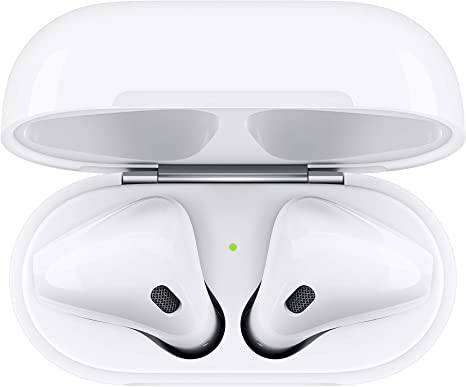
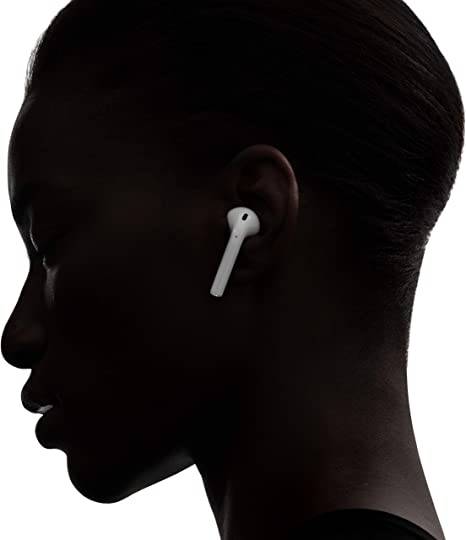







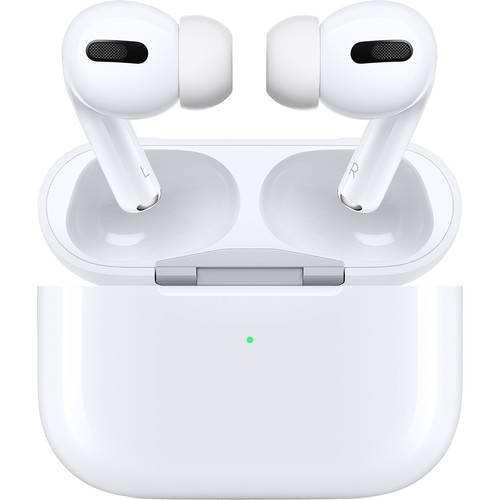

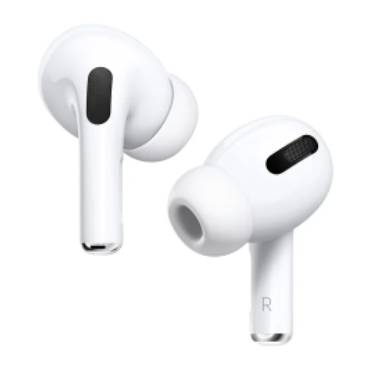
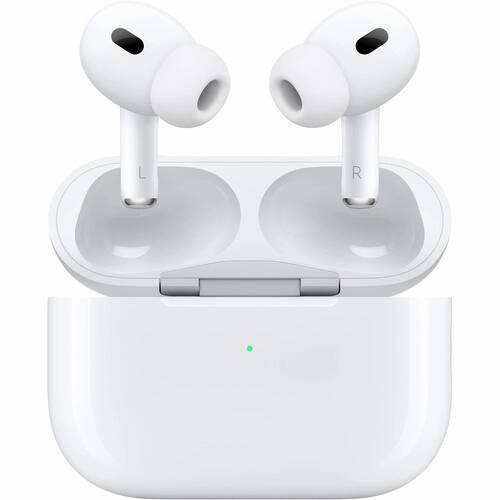
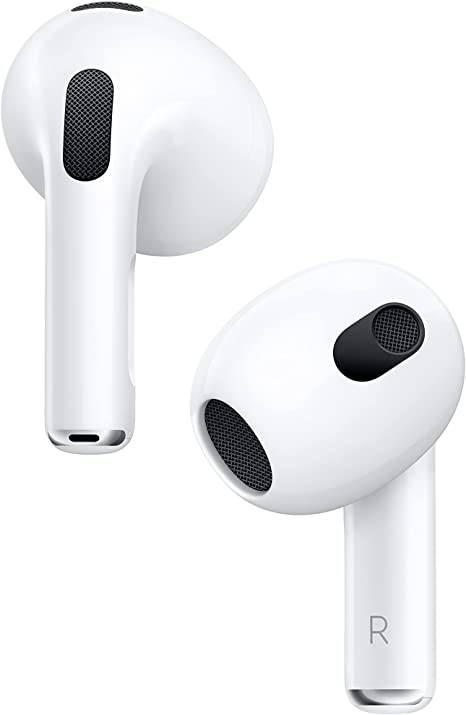
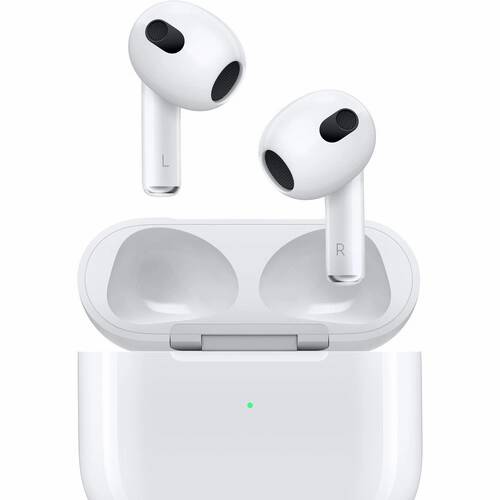

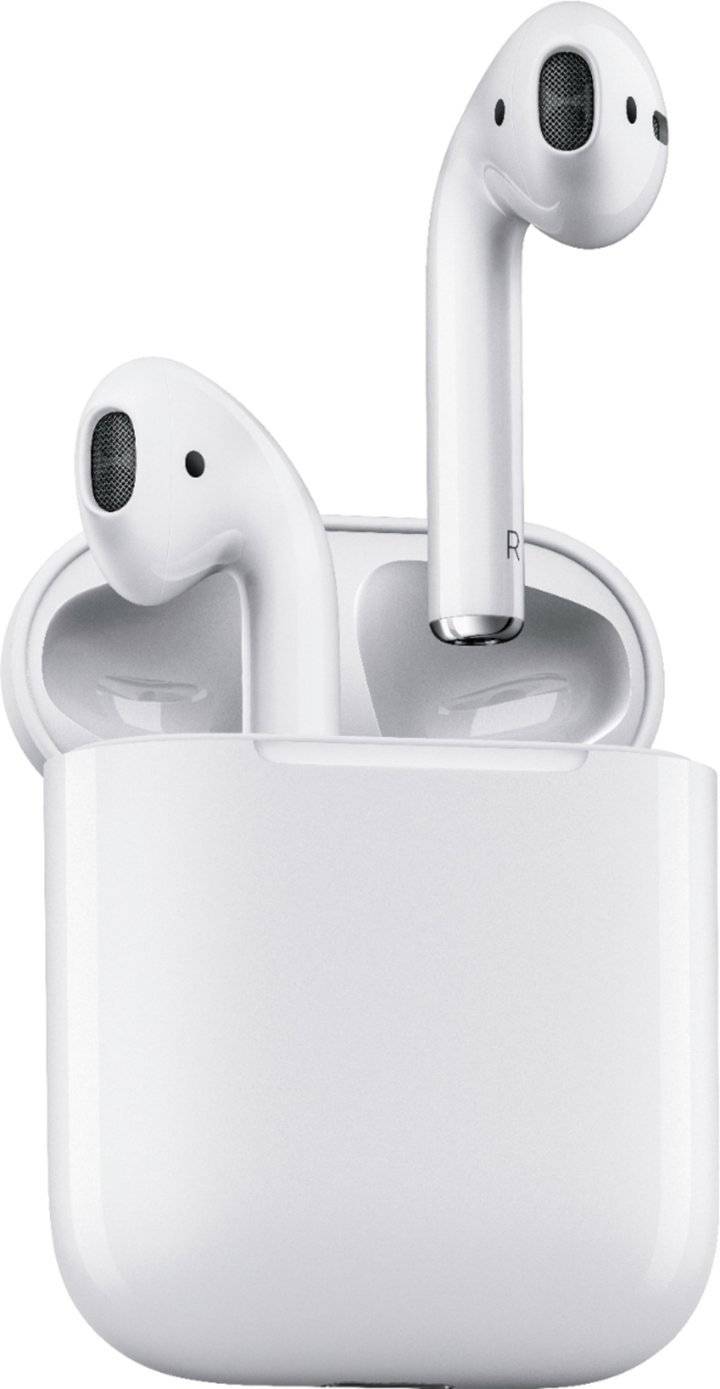
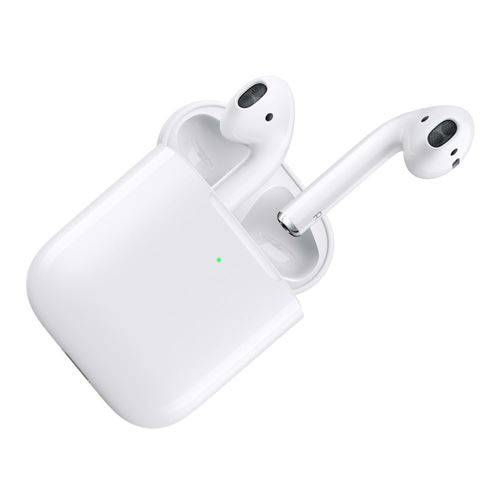

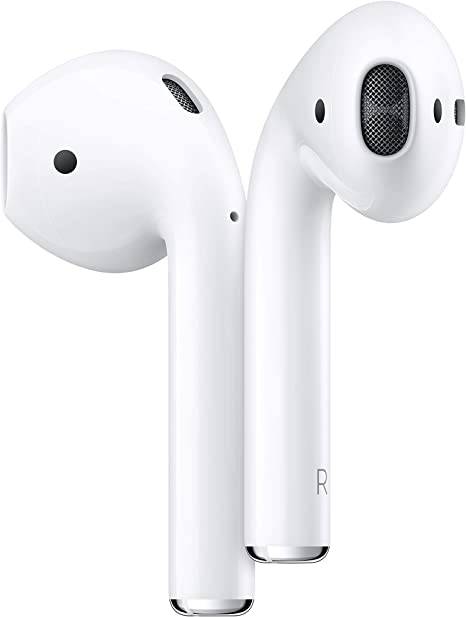
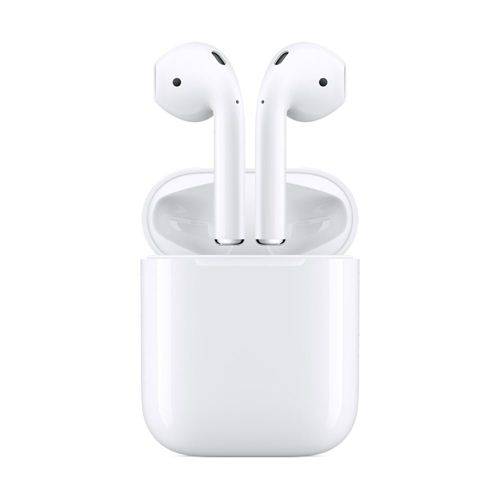
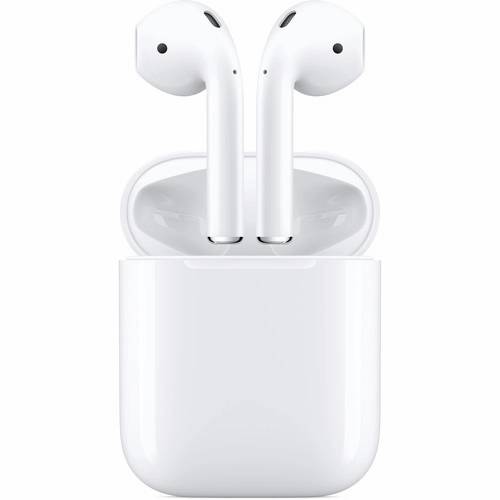


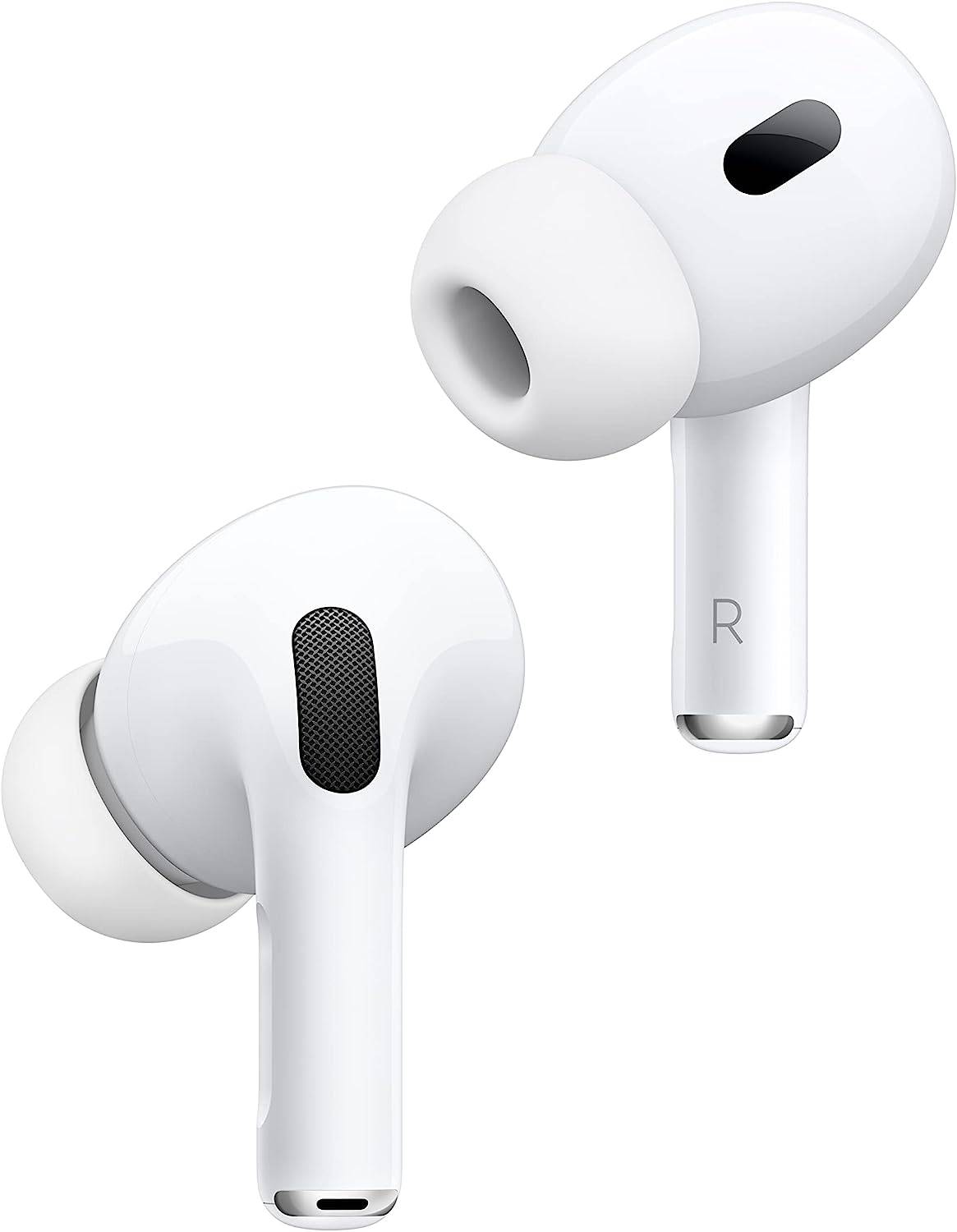
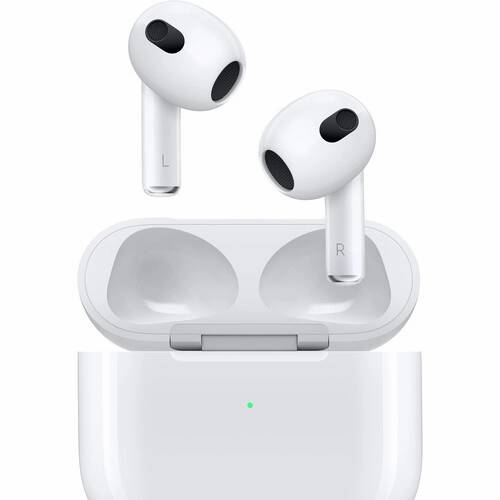
.jpg)

.jpg)

.jpg)
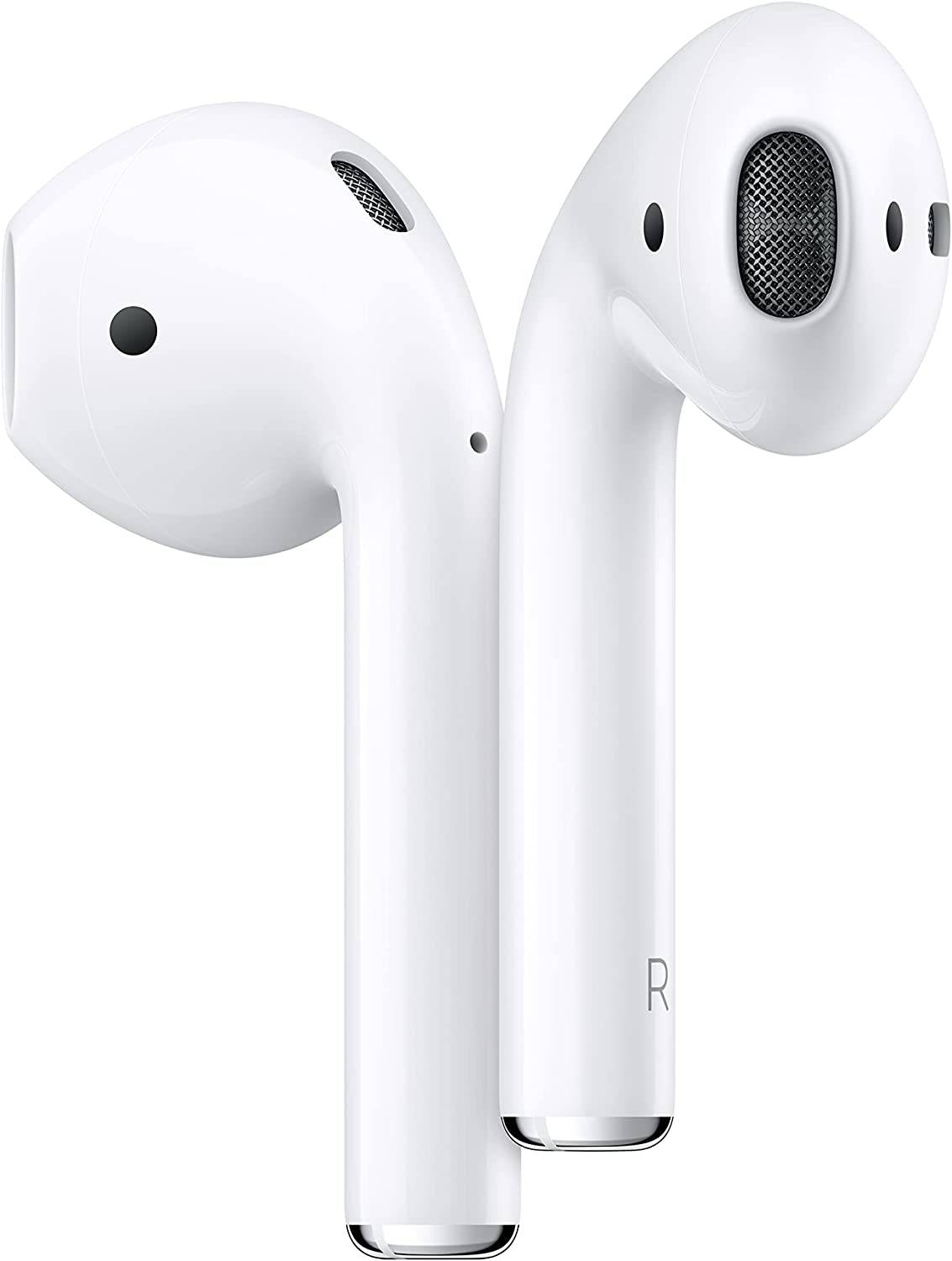
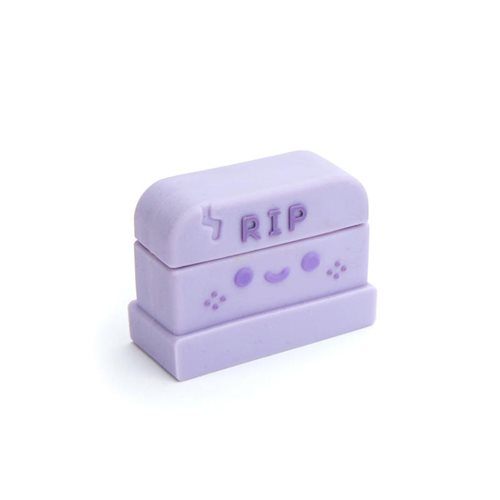

.jpg)



.webp)